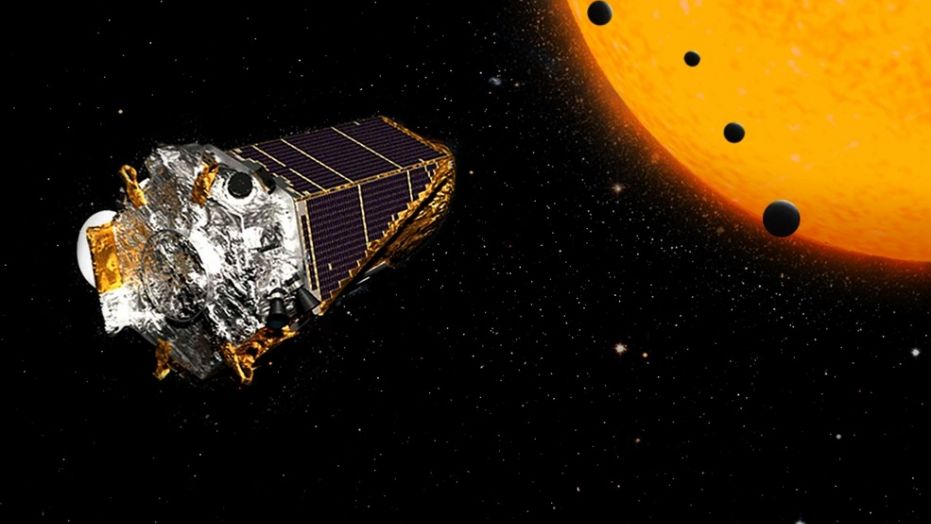NASA’s Kepler Space Telescope Is Now Taking a Nap

The planet-hunting telescope that has been discovering almost 70% of all worlds we know for the last nine years has closed its eyes and went to sleep again. The telescope is low on fuel, and in the past months, it hibernated to make sure that it has enough fuel to turn towards Earth and send the latest data back home.
Transmitting data is a difficult task – Kepler and other NASA spacecraft must use a limited window of time to send data using NASA’s Deep Space Network.
Just as it was planned, at the beginning of August, the data from Kepler arrived on Earth. On 24 August, the telescope went back to sleep. The mission team members had a grim update on the telescope’s future:
“It is unclear how much fuel is still on board; NASA is looking into the health of the spacecraft and determining a full range of options and next steps.”
What Happens After Kepler’s “Death”?
The $600 million Kepler telescope was launched in March 2009. Its mission was to see how many planets like Earth there are in our galaxy. The telescope found planets by looking at dips in the brightness of the host stars as they crossed their faces. The mission ended in May 2013, when the second (out of four) orientation-maintaining reaction wheel failed, and Kepler couldn’t continuously surveil the 150,000 stars it looked at so far.
The team members found a way to stabilize the observatory with sunlight pressure, and this is how the second mission – K2, began. Kepler embarked on “campaigns,” some as long as 80 days of observation of cosmic phenomena and objects from space and planets. So far, it completed 18 campaigns.
Until now, Kepler discovered 2,652 exoplanets, 325 being found in the K2 mission.
Unfortunately, Kepler won’t be repaired or refueled by spacewalking astronauts like they did with the Hubble Space Telescope, because the exoplanet hunter is too far away from our planet.
The good news is that TESS has just begun its work, continuing what Kepler started back in 2009. Check out more information on TESS here.
0 comments